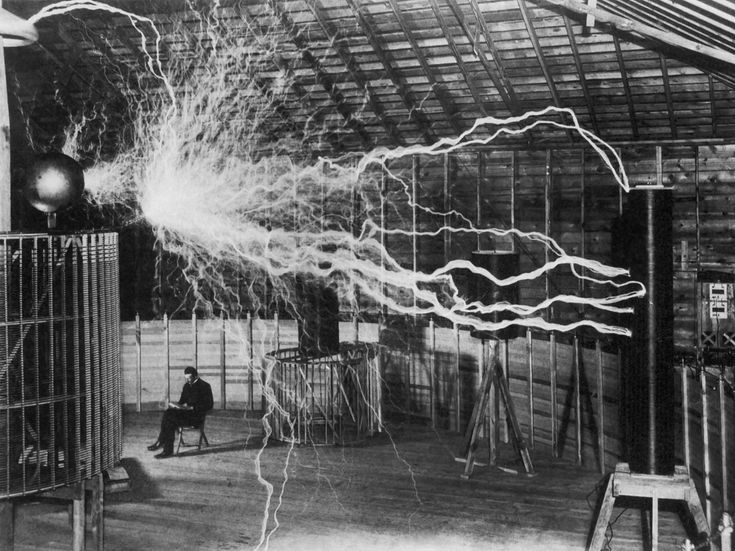Robert Kushner, MD, a weight management specialist at Northwestern University Feinberg School of Medicine in Chicago, discusses common misconceptions that patients may have about weight loss and gives suggestions about how to advise patients about long-term solutions to this chronic and medically based condition.
The following is a transcript of his remarks:
The most common misperception I get from patients is they think that their weight is entirely their fault -- that they bring it on themselves; that they know what to do, but if they only had more willpower, they could control their body weight -- it's like if they study for an exam and stay up all night, they can pass the exam because it's under their control.
The thought about obesity has changed dramatically over the past two to three decades. We now consider obesity to be a chronic, relapsing, progressive disease, like type 2 diabetes, of which personal behaviors clearly have a role -- i.e., what I eat, do I move my body around, do I get a good night's sleep? But that ignores the other important determinants that will affect your weight like genetics, biology, your environment, access and affordability, and other medications you're taking, which would be called echogenic weight gain.
So really, that is the most important issue: people think that it's their fault and there's nothing else that could be done other than needing motivation, and that's not how we think about obesity anymore.
When I see patients who are either overweight or have obesity, either seeking care directly or I bring it up proactively by broaching the topic, after telling them it is an ongoing medical problem or disease, I usually start the conversation by talking about the continuum of care. What are the resources that are available to help them manage their weight? I do that so they understand there are always other treatments, and if they don't do well with one, then there are other more aggressive treatments we could rely on.
So, I break all the treatments up into three different buckets. The first is lifestyle: diet, physical activity, good sleep hygiene, staying away from or reducing alcohol, staying away from cigarette smoking, and quality-of-life issues. That's what lifestyle is.
The next bucket is medication or pharmacotherapy, which is a huge area now in weight management with the emergence of new medications.
Then the last bucket is bariatric surgery and other devices.
So, I usually start off with an overview of the continuum of care like I would with any other disease, like asthma or hypertension, and then tailor the treatment according to what is best for the patient at that moment.
If we take that first bucket that I mentioned earlier, lifestyle management, here we take a very detailed history and have a discussion with the patient by using something called shared decision-making. We come up with a plan that is consistent with how they think and how they move and how they feel.
We wouldn't want to impose a short-term treatment that is uncomfortable for you and doesn't fit into your culture or your family structure, and [think] somehow that's going to help your lifelong, chronic disease. An example of that would be, "I'm going to take a dietary supplement" or "I'm going to go on the keto diet" or "I'm going to go on a juicing program."
If you think about it, it's a short-term interaction for a chronic relapsing lifelong problem, and it really doesn't fit. So, I'm really trying to sway patients from thinking about quick fixes like dietary supplements or diets like juicing, which really have no role in a long-term disease.
What I'd rather do is to focus on something they can do that fits into their culture, their family, their community, their work schedule, something the entire family can do, something that's more sensible, more balanced, more pragmatic. It may be slower weight loss, but the eye-on-the-prize is what the weight is going to be in 6 months, 1 year, and 5 years from now -- not just how much weight you can lose over the next month. That really is not consistent with the way that we think about weight management anymore.
When it comes to diet, which by the way is probably the most important lifestyle behavior that's going to determine what your body weight is going to be, we talk about a diet that is well balanced, a pattern that is spread out through the day, that is healthy. It is not restrictive and doesn't eliminate entire food groups.
The types of meal patterns or dietary patterns you're likely to be familiar with that are consistent with healthy living would be a DASH [Dietary Approaches to Stop Hypertension] diet, Mediterranean diet, lacto-ovo vegetarian diet, or vegetarian diet. It could be a diet that's low in refined sugars and high in whole grains.
The bottom line is that there is no one diet that fits everyone, and that kind of makes sense -- we're all individuals due to variability and genetics and so forth. But you want a diet that really is healthy and you are able to follow.
Equally so for physical activity. You want to come up with a plan that they're going to be able to do consistently week after week. For some people, it's taking a brisk walk for 30 minutes a day with a coworker or a friend so they can buddy-up with someone. For someone else that may not work for them, but they may be able to go to a gym, either in a fitness room in their own home or a gym where they can get exercise on a treadmill or bike or elliptical machine for 20 to 30 minutes several days a week, or a combination of both.
So, you want to come up with something that's practical, realistic, doable, and pragmatic for that patient so they can slowly see success and get the benefits of eating healthier and being more physically active.
I think it's important for us to realize that over 40% of American adults suffer from obesity. If you add overweight to it, you now have three out of four adults in the United States that have this particular long-term chronic problem.
We have to become part of the solution. We have to proactively bring up body weight, broach the topic, use motivational interviewing and shared decision-making to come up with a treatment plan so they can take better care of themselves and understand that this is a medically based problem for most patients and that we can provide help.
If you can't do it all yourself, that's fine. Refer to a commercial program or registered dietitian or an obesity medicine specialist. We can provide better care for these patients.
https://www.medpagetoday.com/popmedicine/popmedicine/100969



